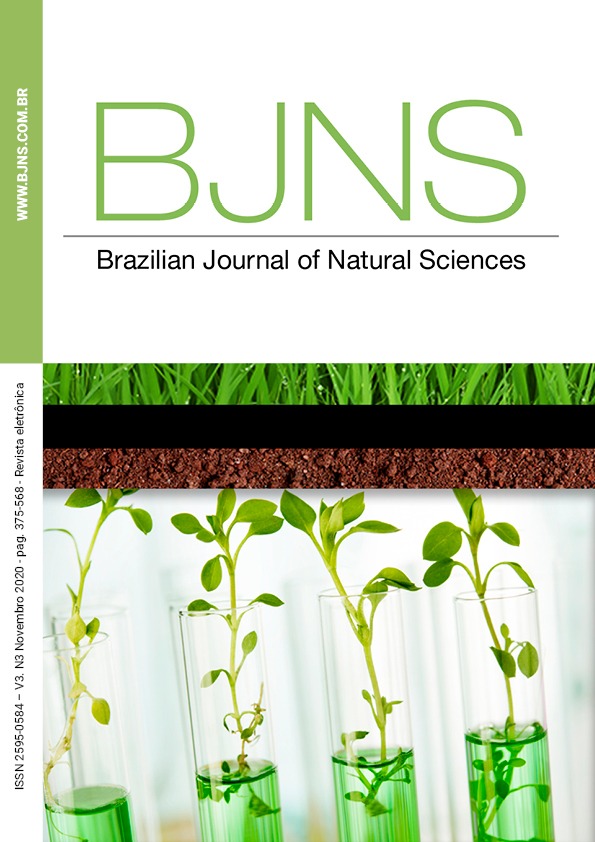Cremes desodorantes e antitranspirantes: excipientes, ensaios de controle de qualidade e tecnologias de produção
Main Article Content
Abstract
Deodorants reduce the number of bacteria that cause body odor whilst the antiperspirants block the pores, prevent the sweat passage and therefore the unpleasant smell. Deodorants and antiperspirants formulations are composed of specific bases due to their action and excipients aiming at the best conformation of the cosmetic components. The proposal of this article is to analyze deodorants and antiperspirants formulations addressing their mechanisms of action against axillary odor as well as presenting their benefits, harms, production technologies and quality control testing, making it useful for comparisons and best choices. The process of obtaining those formulations involves a high-pressure homogenization technology in order to reduce the particles size to promote a better uniformity and stability for the mixture helping to maintain the organoleptic characteristics. To ensure the quality specifications of those products are within the established technical parameters tests of viscosity, pH, stability, density, microbiological properties, content and degradation products are performed. Thus, surveys conducted in English and Portuguese, in the Google Scholar, Scielo Brasil and Elsevier database, address their composition in order to understand how they are composed and their implications.
Article Details

This work is licensed under a Creative Commons Attribution 4.0 International License.
Copyright Statement - Policy Proposal for Open Access Journals
Authors who publish in the Brazilian Journal of Natural Sciences (BJNS) agree to the following terms: 1 - Authors retain the copyright and grant the journal the right to first publication, with the work simultaneously licensed under the Creative Commons Attribution License allowing sharing of the work with recognition of the authorship of the work and initial publication in this journal. 2 - Authors are authorized to assume additional contracts separately, for non-exclusive distribution of the version of the work published in this journal (eg, publishing in institutional repository or as a book chapter), with acknowledgment of authorship and initial publication in this journal. 3 - Authors are allowed and encouraged to publish and distribute their work online (eg in institutional repositories or on their personal page) at any point before or during the editorial process, as this can generate productive changes, as well as increase the impact and citation of published work. This is an open access article under the CC-BY license


